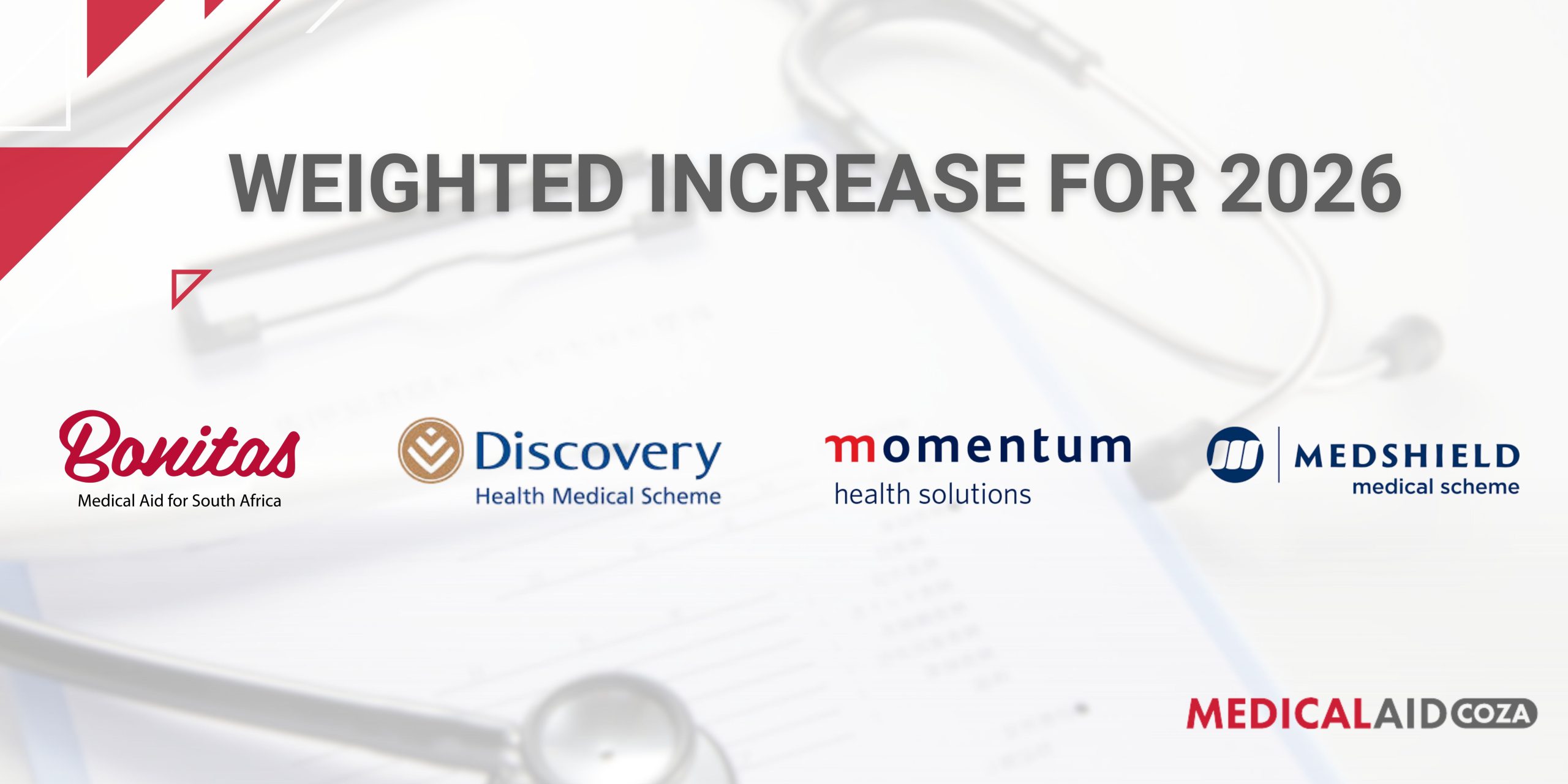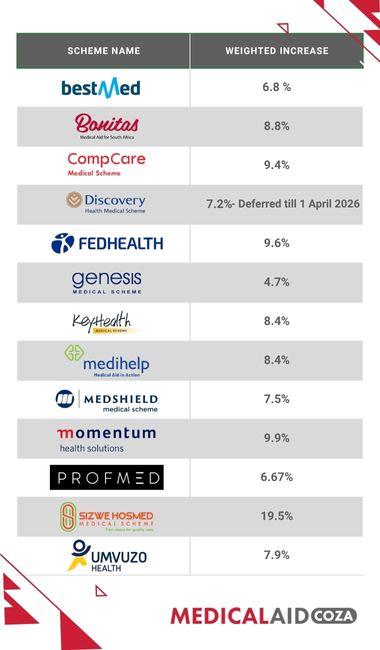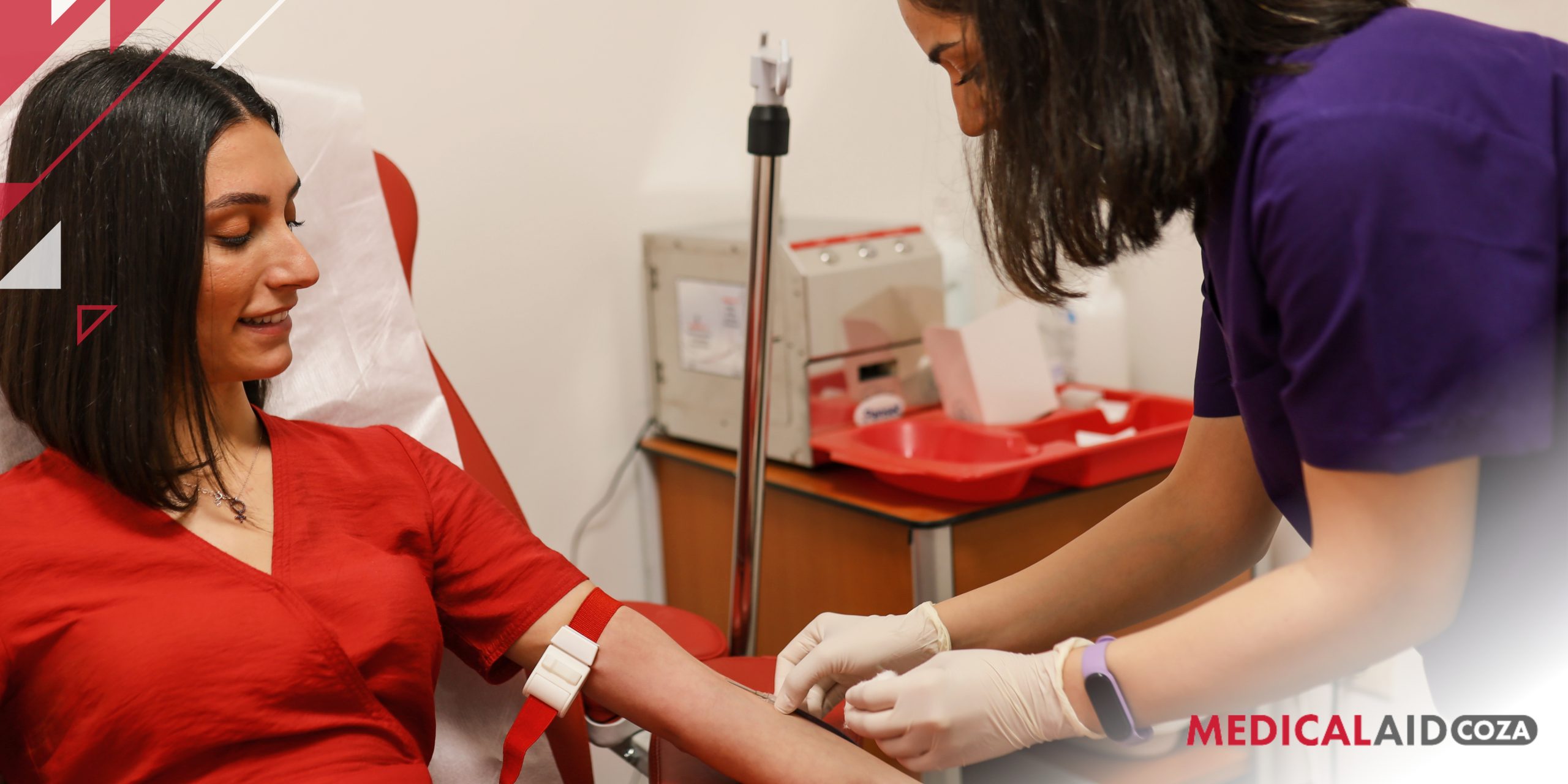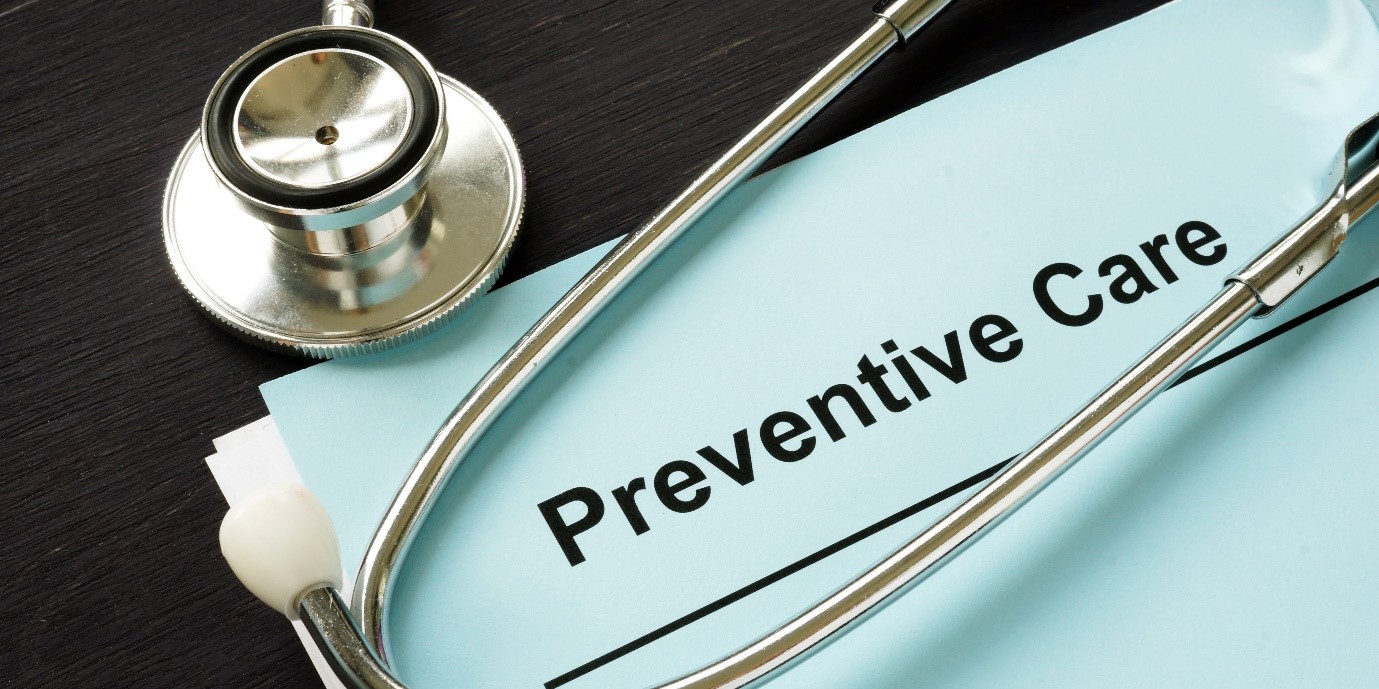Each year, medical schemes review their benefits and contributions. These updates shape how much members pay, and what they receive in return, so taking a moment to understand what’s changing in 2026 can help you make smarter health cover decisions.
The festive season is known as the ‘period of celebration’ that takes place during December and some of January. For many South Africans it’s also the time to slow things down and spend quality time with family and friends, while enjoying a lekker braai.
Although there are much laughter and joy, it’s also a period where the rate of medical emergencies and accidents increase. Many of us don’t know what to do or who to call if an emergency arises. This blog provides you with important steps you can take if an emergency comes your way.
Common emergencies
Hospitals see more of these during December and January:
- Drowning
- Road accidents
- Holiday decorating injuries
- Food poisoning
- Kitchen-related injuries
- Slips and falls
- Heatstroke
Being prepared matters. Acting correctly matters more.

Step 1: Stay calm and assess
Panic worsens emergencies, so it’s important to breathe. Check for danger. Do not move someone injured unless they are in immediate danger. Rather call emergency services for help. If you are bitten by a snake, try to take a photo of the snake so emergency services can identify if it is venomous and how to proceed.
Step 2: Call the right number
South Africa has multiple emergency lines:
- 112 from any cell phone connects to all services
- 10177 is the national ambulance number
- Netcare 911: 082 911 (Private)
- ER24: 084 124 (Private)
Private services work with most medical aids. Check your policy schedule to see what ambulance you can use. Emergency services can guide you, dispatch ambulances, and manage hospital transfers.
Step 3: Pre-Authorisation
In the event of an emergency (ER Visit) the hospital will contact your medical aid for pre-authorisation. The medical aid will then send authorisation straight to the hospital. Remember you will also need to get pre-authorisation if you are admitted into hospital.
Quick tip: Ask if your medical aid has given authorisation for procedures before entering the Operating room, if not how much are they willing to pay. That is where gap cover will step in.
Step 4: Know what counts as a medical emergency
Emergencies include sudden life-threatening conditions that will cause loss of life, serious impairment of bodily function, serious and lasting damage to organs, limbs, or other body parts. These are known as Emergency Prescribed Minimum Benefit’s (PMBs).
Examples:
- Uncontrolled bleeding
- Breathing difficulties
- Fit or epileptic seizure
- Broken arms
- Heart attack
- A stroke
If your case does not meet these criteria, it may not qualify. Ask your provider for clarity.

Step 5: Go to a network hospital
Medical aids cover specific hospitals. Non-network hospitals may result in co-payments or full charges. In the event of an emergency and there is no network hospital within 40km then any hospital will be accepted.
Here are some tips on accessing your network:
- Save your network hospitals on your phone
- Check for hospitals near your holiday destination that are in your network
- Be prepared to tell paramedics your scheme and plan type
Step 6: Keep your details ready
Time is critical. Keep these on hand:
- Membership card or digital copy.
- Plan type and number
- Emergency contact
- List of chronic conditions and current medication
- ID copy
Store the details on your phone through your health ID and carry a hard copy in your car or bag.
Step 7: If you travel abroad
Most South African medical aids have limited cover international emergencies.
- Ask your scheme about travel benefits and how much the maximum amount is
- Consider travel insurance that covers medical emergencies
A small premium can prevent large bills.

Be prepared
The festive season should not leave you with debt or risk. Not all plans cover transport to hospitals, nor do they offer cover for all hospitals. It’s a good time to take a closer look at your benefits and potentially compare different medical aids in South Africa with MedicalAid.co.za. Ensure your plan covers emergencies, travel, and network hospitals.
Emergencies can happen at any time. During the festive season, services are stretched. Being informed is your protection. Save numbers. Know your cover. Know your nearest hospitals. Have your details ready. Help is only a call away. Will you take steps now to secure care for yourself and your family?





























